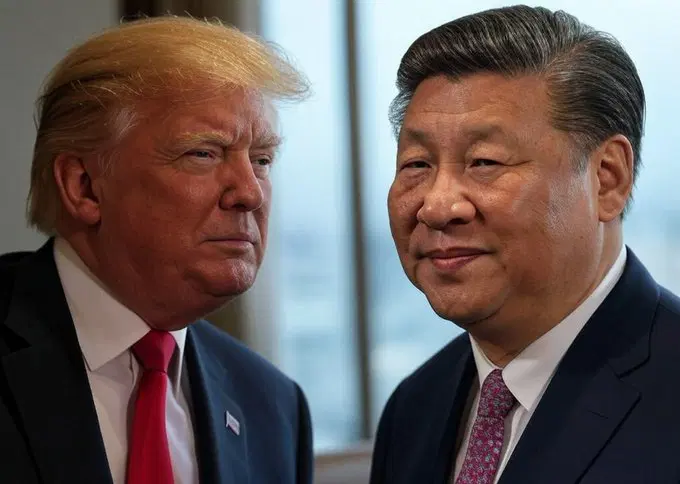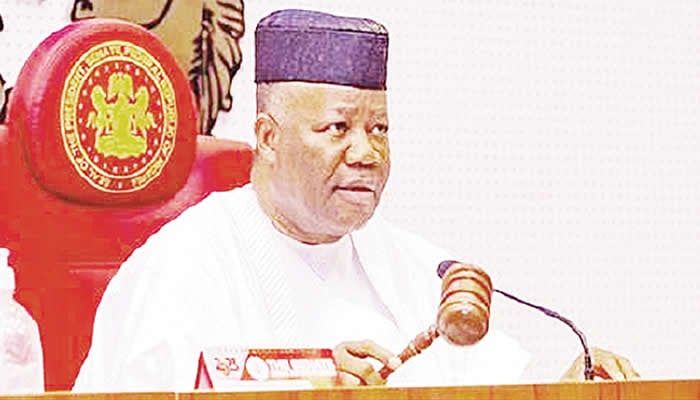
Trade negotiations between China and the United States resumed on Monday in Madrid, as senior officials from both countries work to bridge deep divisions over tariffs, technology access, and digital platforms flashpoints that continue to strain ties between the world’s two largest economies.
The talks, hosted at Spain’s Foreign Ministry, mark a fresh attempt to restore dialogue after months of heightened tensions. Delegations are being led by US Treasury Secretary Scott Bessent and Chinese Vice Premier He Lifeng.
The current round of negotiations, which began on Sunday, is expected to run through Wednesday, with both sides hoping to stabilise a fragile truce ahead of key political and economic deadlines later in the year.
At the centre of the discussions are two of the most contentious issues in the ongoing US-China economic dispute:
- The future of TikTok in the US — Washington has set a September 17 deadline for the popular video-sharing platform to be sold to a non-Chinese entity or face a nationwide ban.
- Lingering tariff threats — Although earlier this year both countries agreed to reduce the intensity of their tit-for-tat levies, the temporary tariff truce is set to expire in November. Currently, the US imposes 30% tariffs on select Chinese imports, while China applies a 10% duty on various American goods.
Earlier this year, the trade standoff intensified dramatically, with both countries raising tariffs into triple digits, disrupting global supply chains and unsettling markets. While both governments eventually agreed to scale back duties, the underlying issues remain unresolved.
Last week, Beijing called on Washington to resolve economic disputes through “mutual respect and equal consultation”, a sentiment that analysts say signals China’s willingness to negotiate but only on balanced terms.
In a sign that tensions remain high despite renewed talks, China launched a new investigation into the US semiconductor sector over the weekend, raising concerns about the potential for new retaliatory moves in the tech space.
Diplomatic sources suggest that progress in Madrid could pave the way for a face-to-face meeting between President Donald Trump and Chinese President Xi Jinping before the end of the year. However, any breakthrough will likely depend on whether negotiators can make meaningful headway on complex issues like intellectual property rights, technology transfer, digital surveillance, and rare earth exports.
Until then, both sides are working to stabilise what experts are calling a “managed economic rivalry”, where dialogue continues even amid geopolitical mistrust.
What’s at Stake?
With major US tech firms and global manufacturers watching closely, the outcome of these talks could:
- Shape the next phase of US-China economic relations
- Influence global semiconductor supply chains
- Impact foreign investment decisions
- Determine the future of TikTok’s operations in the US
- And possibly recalibrate tariff policies across multiple sectors
Negotiations continue through Wednesday, with no final statements expected until talks conclude. Both sides have so far remained tight-lipped on interim outcomes.
Observers say that even incremental progress could help prevent a further escalation of trade and tech tensions but the road to long-term resolution remains uncertain.



